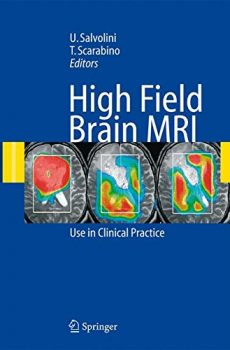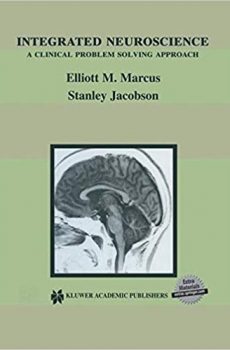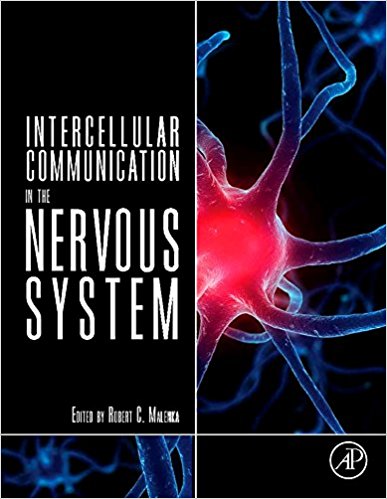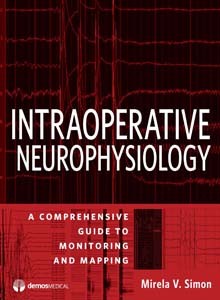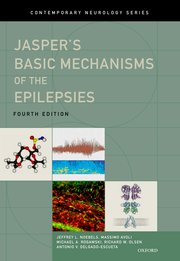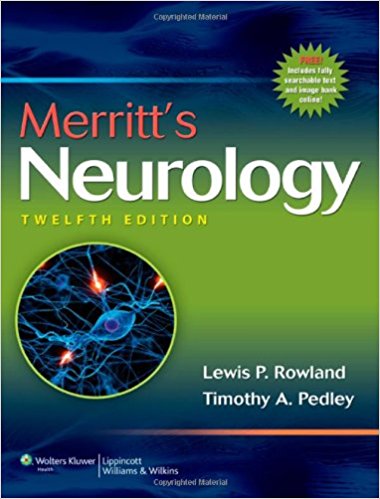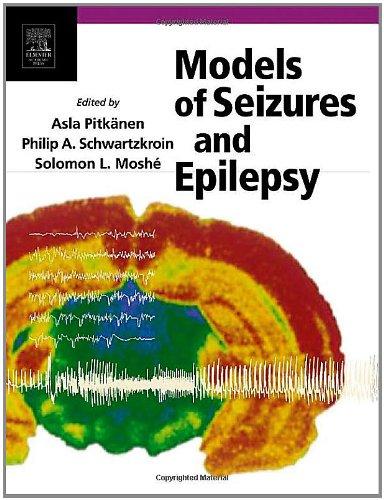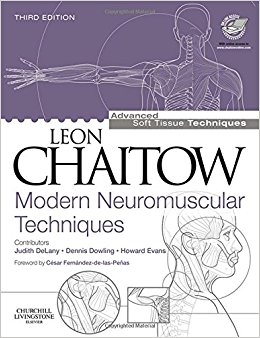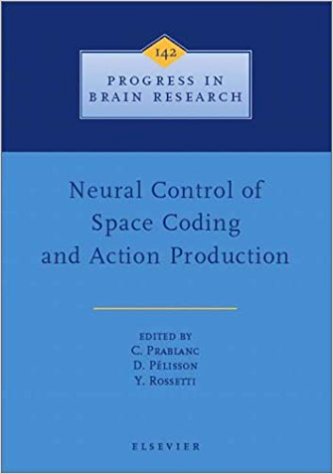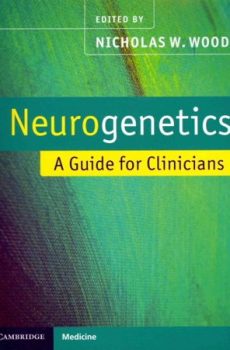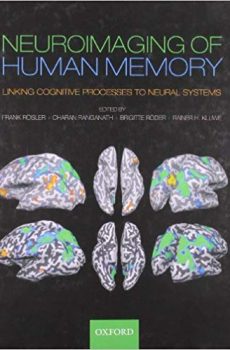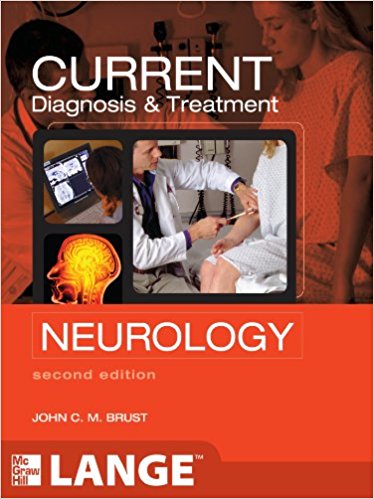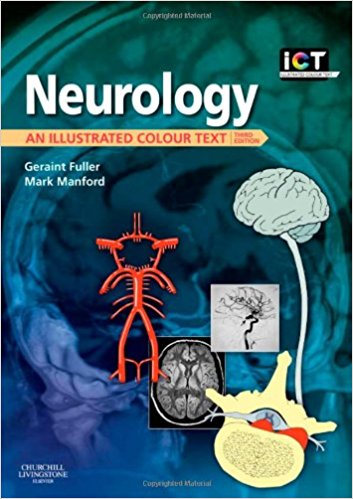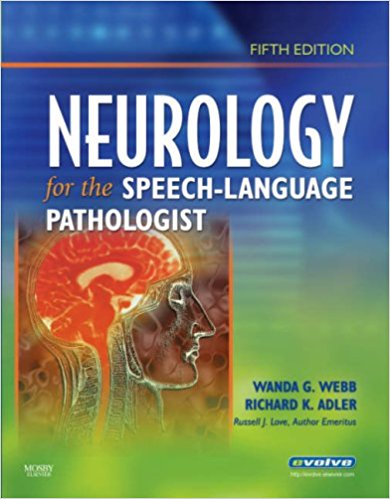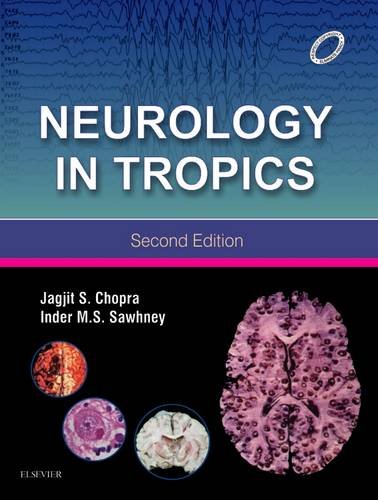“Neurophysiologic intraoperative monitoring (IOM) neurologic monitoring during complex operative procedures is increasingly used to help prevent damage to the nervous system during surgery. Intraoperative Neurophysiology discusses all aspects of IOM with a hands- on approach to this challenging and exciting new frontier. Everything is covered from set-up, monitoring and mapping, troubleshooting, interpretation of results, and medical management. Interweaving contributions from neurologists and surgeons, the book presents a practical integrated blueprint for effective neurophysiological testing in the operating theater.
Intraoperative Neurophysiology is visual and comprehensive in scope and coverage. It begins by reviewing basic neurophysiologic and neuroanatomic knowledge and presents detailed technical information on each basic test, providing the foundation necessary for choosing the right test and customizing monitoring and mapping according to the specifics of individual surgical procedures.
Intraoperative Neurophysiology utilizes a unique structure to provide insights into successful monitoring practices and techniques. The book uses the steps of each surgical procedure as the skeleton upon which the IOM procedure is built, thereby presenting a developmental step-by-step approach to IOM procedures and the possible complications and pitfalls – that may arise at different moments of the surgery. In addition, it promotes and encourages the use of EEG in the operating room, and offers unprecedented coverage of ECoG, functional mapping, and EEG monitoring.
With over 275 illustrations, numerous tables, and the most important clinical points made in writing and exemplified graphically, Intraoperative Neurophysiology: Monitoring and Mapping delivers in words and pictures everything one needs to know to master the art and science of intraoperative neurophysiologic procedure and reduce the operative risk of neurological damage in surgical patients.”


